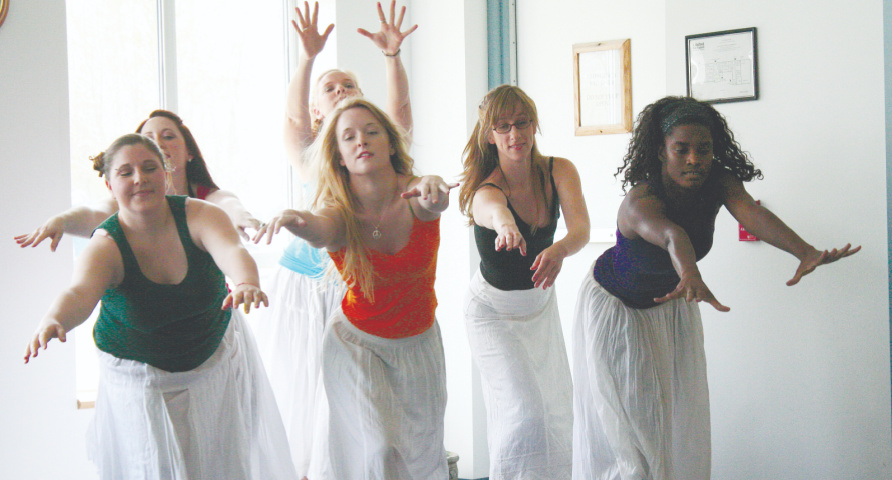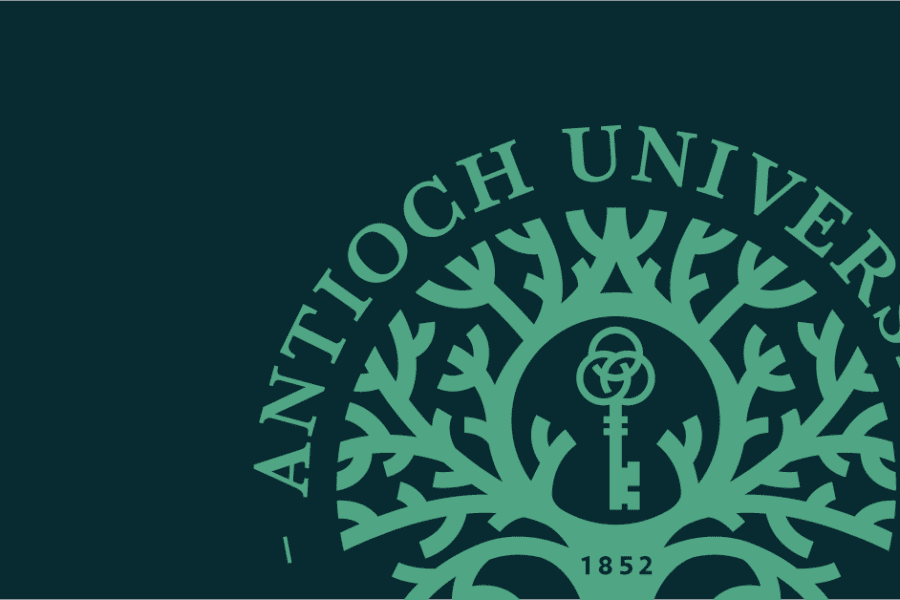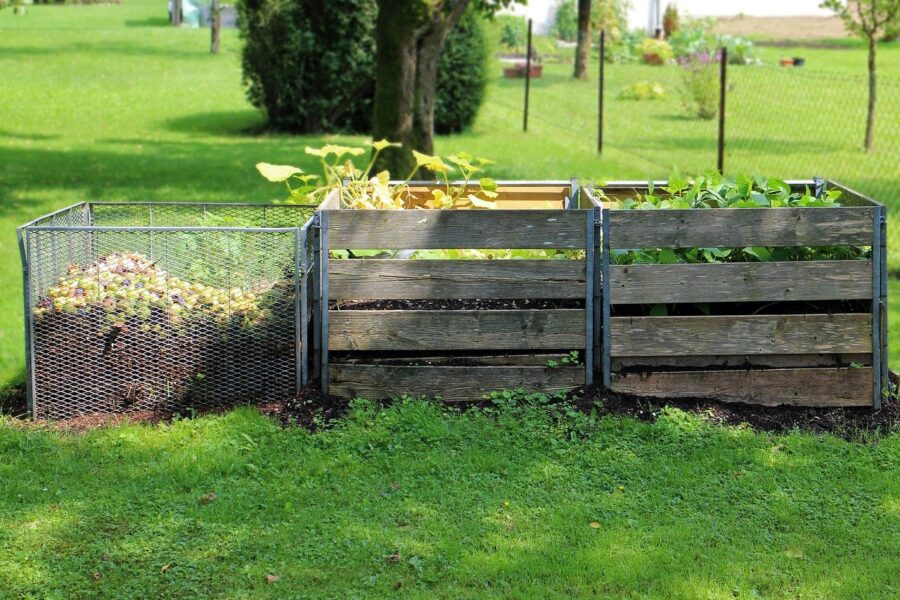A black duck with a white patch behind the eye. A brown wildebeest with a flowing white beard. A shiny black songbird with a striking yellow rump. What do these animals have in common?
Other than glamorously high-contrast plumage, what they share is residence at Boston’s Franklin Park Zoo. (Their proper names are Bufflehead, White-bearded Wildebeest, and Yellow-rumped Cacique.) But while the animals are the main draw to this vibrant cultural institution, a zoo in the 21st century provides so much more than just the awe that we feel when we look at a beautiful and unusual creature.
At least that’s what Nicole Conklin says. Conklin is a doctoral fellow in the PhD in Environmental Studies program at Antioch New England, and she is currently serving as the main point of contact for that program’s collaboration with the Franklin Park Zoo. She is serving there under the supervision of Dr. Kayla Cranston, a faculty member in the Environmental Studies Department at Antioch New England who is also Director of Conservation Psychology Strategy and Integration. Conklin and Cranston’s project is a collaboration with the Franklin Park Zoo, AmeriCorps VISTA (Volunteers in Service To America), and two other zoo campuses to create a co-design initiative that will ensure the zoos adequately serve the communities around them. This participatory design process is bringing together stakeholders to do important work and ensure the zoos are acting in a socially just way.
This project is deeply meaningful to Conklin, who plays an important role in the project, not only working closely with the zoo but also managing communications and designing a website for the Conservation Psychology program. Conklin is passionately involved in the work of ensuring the Franklin Park Zoo serves everybody.
Management + Conservation Psychology + Community = Co-Design
Co-design, also known as participatory design, is an approach that seeks to actively involve stakeholders in the design process, focusing on processes and procedures instead of physical design. Stakeholders—such as visitors, students, staff, and nearby residents—participate in decisions about programming, mission, and process. The core essence of the co-design mission here is to ensure that everyone and everything that might be affected by a decision—visitors, staff, animals, stakeholders, the environment, neighborhood, community, etc.—is recognized and considered and represented in decision making. Instead of designing programming for communities, the co-design approach envisions facilities working with communities to implement the best, most accessible and optimal programming for their audience.
While a growing number of environmental professionals are realizing that co-design is essential for catalyzing the durable, long-term action needed to conserve biodiversity, many who attempt to co-design programs with communities find that choosing the most effective strategies is crucial and can oftentimes feel daunting. Conservation Psychology, as defined by Dr. Carol Saunders, is “the scientific study of the reciprocal relationships between humans and the rest of nature, with a particular focus on how to encourage conservation of the natural world.” Conservation Psychology, and specifically Dr. Cranston’s 5 psychology principles to motivate long-term engagement, helps to reduce the overwhelm and guides choices of participatory design strategies with psychological metrics that have been proven to predict long-term engagement in conservation.
Specifically, these teams are working to build the capacity of Franklin Park Zoo to continue community work after the projected three-year project/ partnership phase. “Since this is an initial phase, we are hopeful other zoos will see this important work and want to communicate more deeply with their surrounding communities as well,” Conklin says. “I am hopeful that my studies and research can help to contribute to effective education programs at zoos and aquariums that work to connect people to nature and change their behaviors to account for the health of the environment.”
Conklin has a Master’s degree in psychology and is the Conservation Psychology Institute Manager. In addition to her post-doctoral fellowship, Conklin is also a full-time animal keeper at Liberty Science Center, a position she’s held for the past five years. She and Dr. Cranston meet with the FPZ Executive VP of External Affairs and VP of Education weekly to discuss project direction and next steps. Conklin maintains spreadsheets regarding key stakeholders in the Boston area, attends individual and community meetings with stakeholders, and records and tracks developments. Recently she’s also been helping to recruit, interview, and hire AmeriCorps VISTA volunteers for these co-design projects.
Serving Locals
As a longtime lover of animals, nature, and environmental education, Conklin has held a variety of internships and jobs at zoos and aquariums. From a first-hand perspective, she sees an opportunity to greatly improve the health and efficacy of these facilities through conservation psychology and co-design. She recognizes the importance of improving communication between sites and communities, and the need to better serve individuals from all backgrounds. An obvious barrier that not all zoos address is that not everyone living nearby can easily afford entrance fees. This is something that Conklin and the co-design process are working to find solutions to.
“The most rewarding part of my work is getting to see the connections Franklin Park Zoo is making with organizations surrounding the zoo,” she says. During a community outreach session, she and Dr. Cranston met with Mothers for Justice and Equality, a local nonprofit serving young mothers and youth to challenge the normalization of violence.
During an initial meeting with the organization, it came to light that the Franklin Park Zoo was already offering programming and opportunities that could benefit those involved in the group, but the information was not readily available to them. The Franklin Park Zoo contact was able to provide a good deal of information for Mothers for Justice and Equality, making the zoo immediately more accessible to locals.
Designing Equitable, Healthy Systems for the Future
The co-design process aims to improve existing systems by engaging the local community and stakeholders in program design. The hope is that this process will increase the justice, sustainability, and effectiveness of organizations and businesses. The neighborhoods immediately surrounding the Franklin Park Zoo have an estimated population of around 70,000 individuals, all of whom have the potential to be positively affected by improvements made at the zoo—which might look include expanded capacity for recreation, education, community involvement, or something yet to be identified.
Already, Conklin has seen these systemic improvements in action—in part because she’s brought them to her work at the Liberty Science Center. “I have used my studies at Antioch to improve upon the educational programming at my own facility,” she says. “For example, [at Liberty Science Center] we have changed procedures and narratives utilized for our animal programming based on the studies and research I have discovered during my time at Antioch.”
While researching best practices for eliciting empathy for animals in zoo and aquarium settings, Conklin learned of research that highlights the importance of naming animals at zoos/aquariums. Communicating an animal ambassador’s name to guests helps them to connect more deeply to the animal, and retain more information from the program. She was able to implement a procedural change at Liberty Science Center in which they now name animal ambassadors and share the names with guests during programs.
Conklin feels her doctoral fellowship at Antioch is teaching her the skills and processes to be a leader for positive change in the world of zoos and aquariums moving into the future. The Bufflehead Duck will be pleased.





